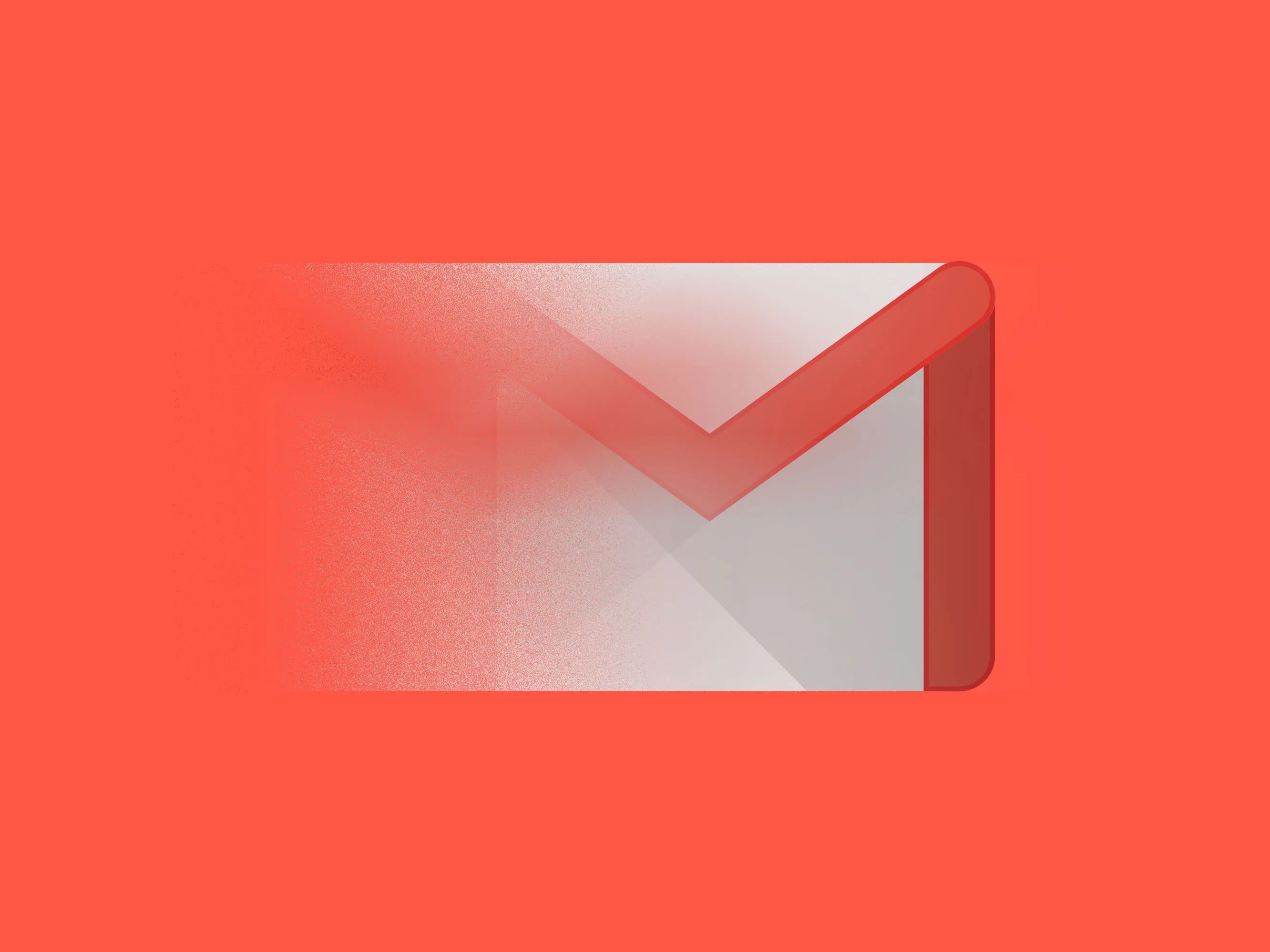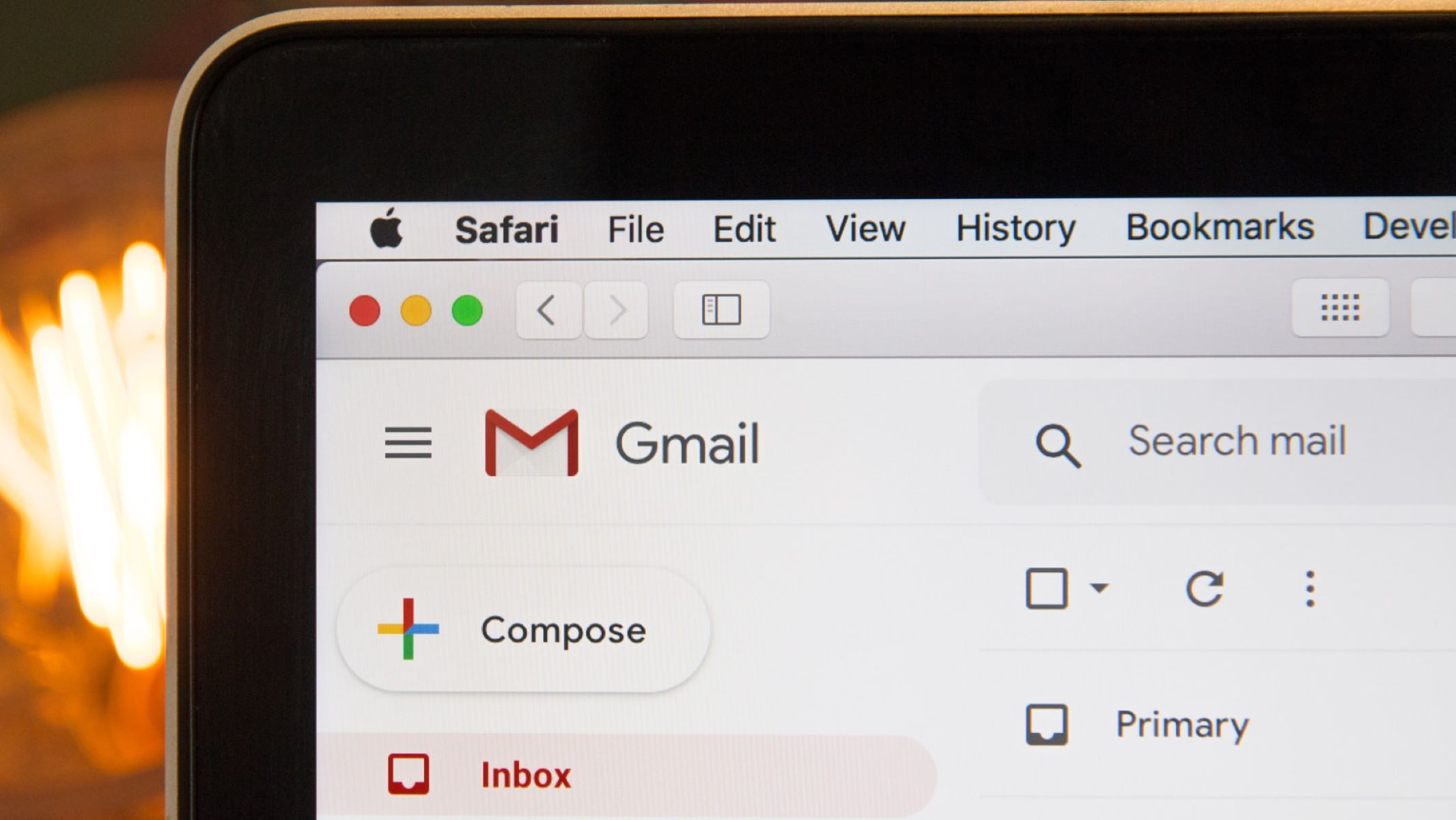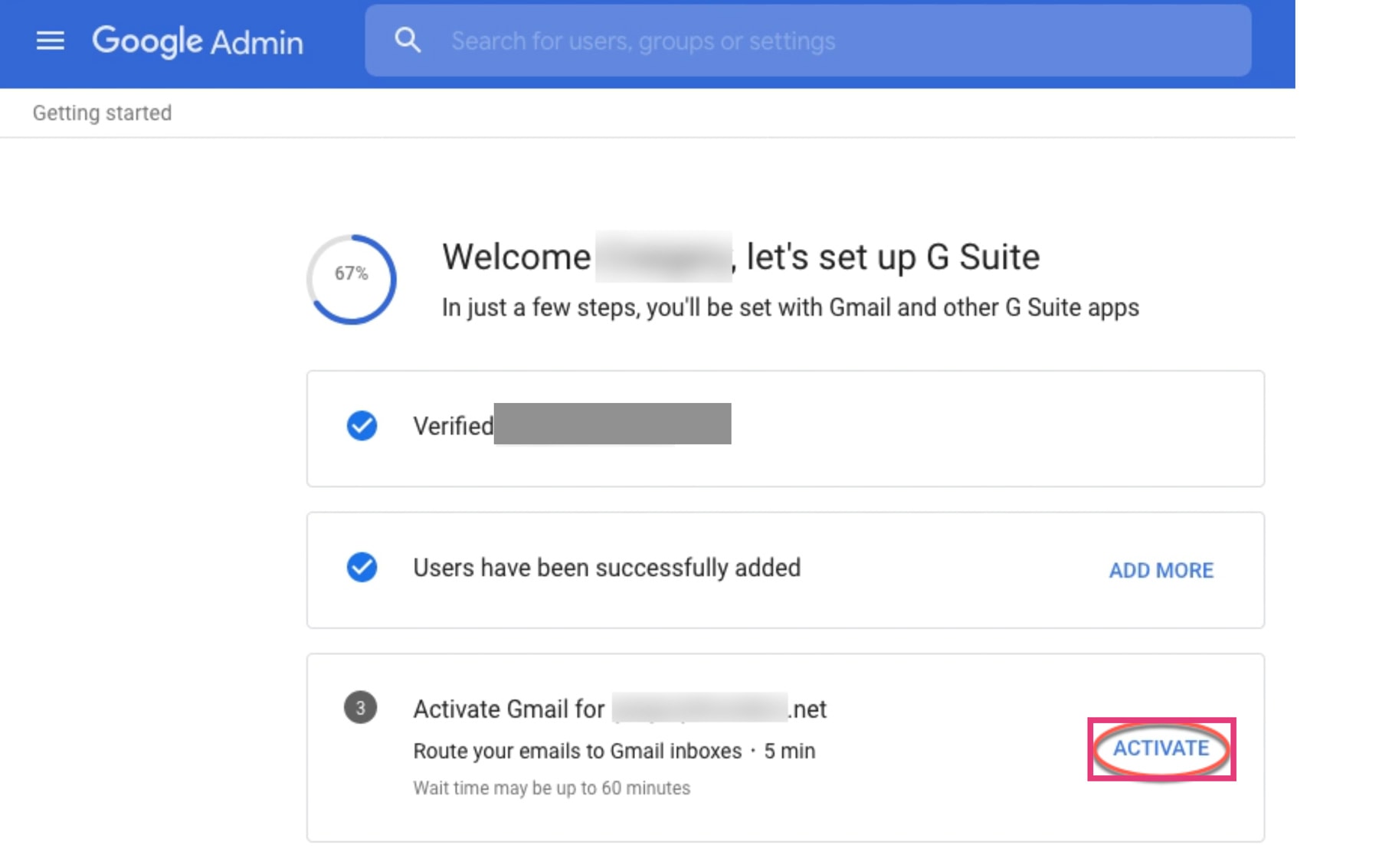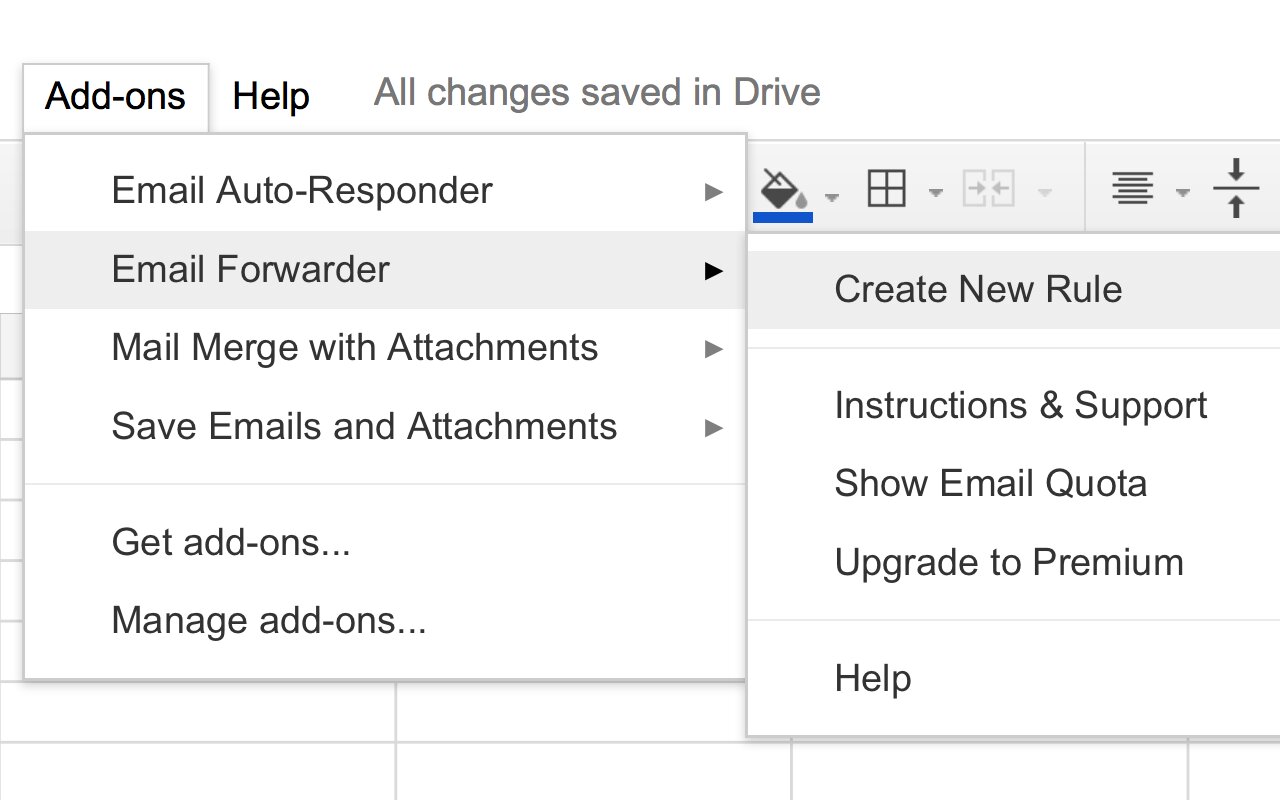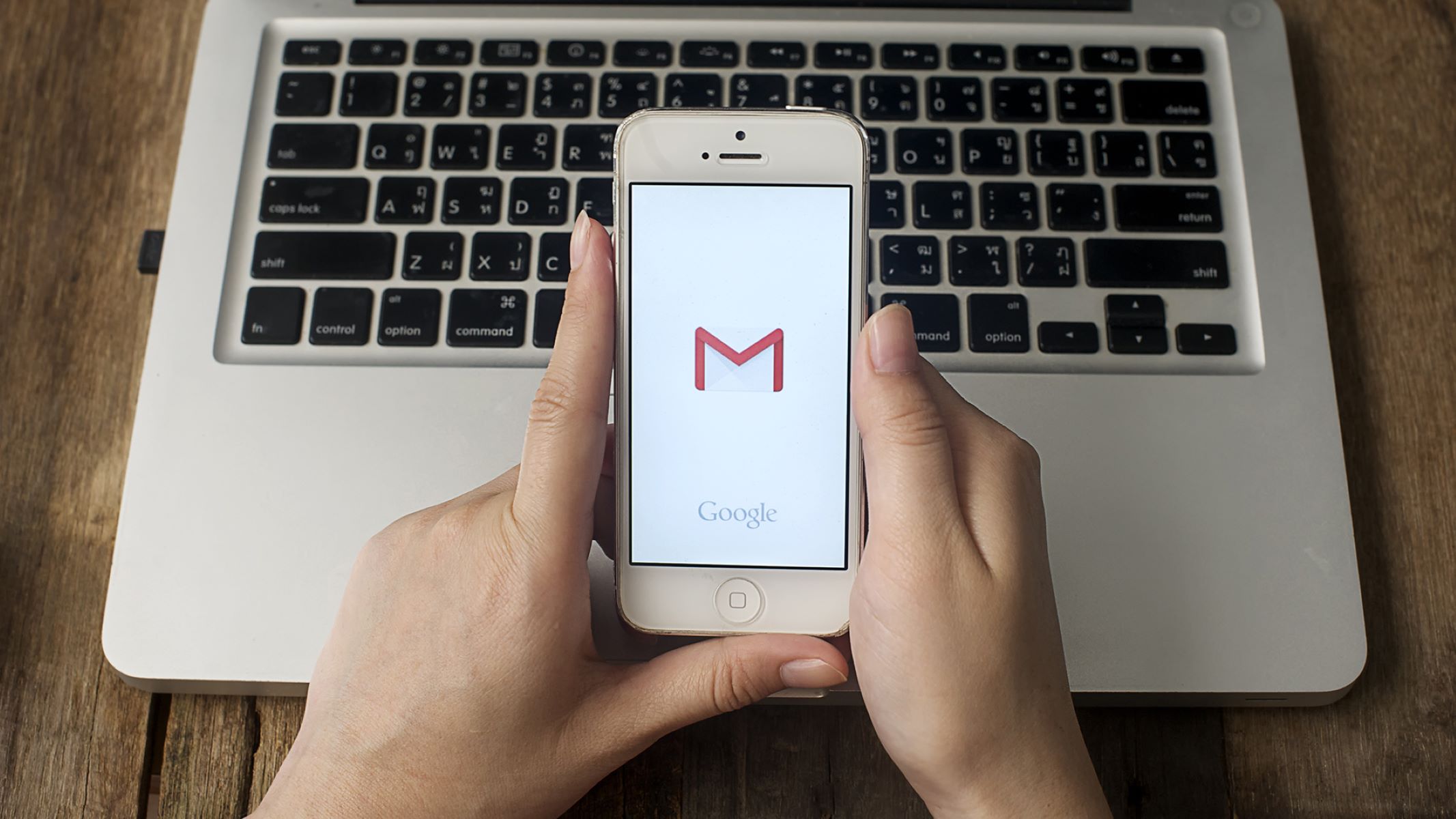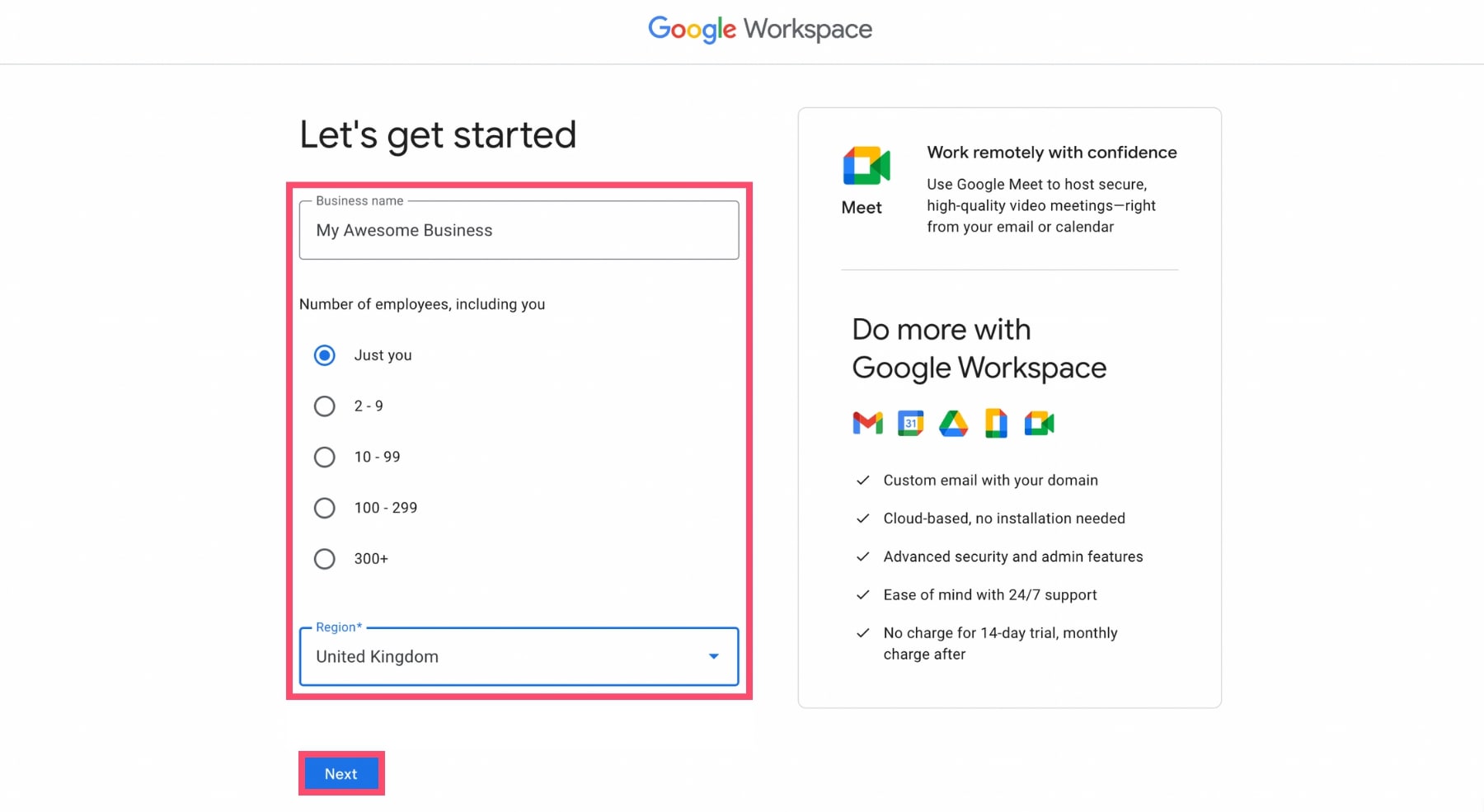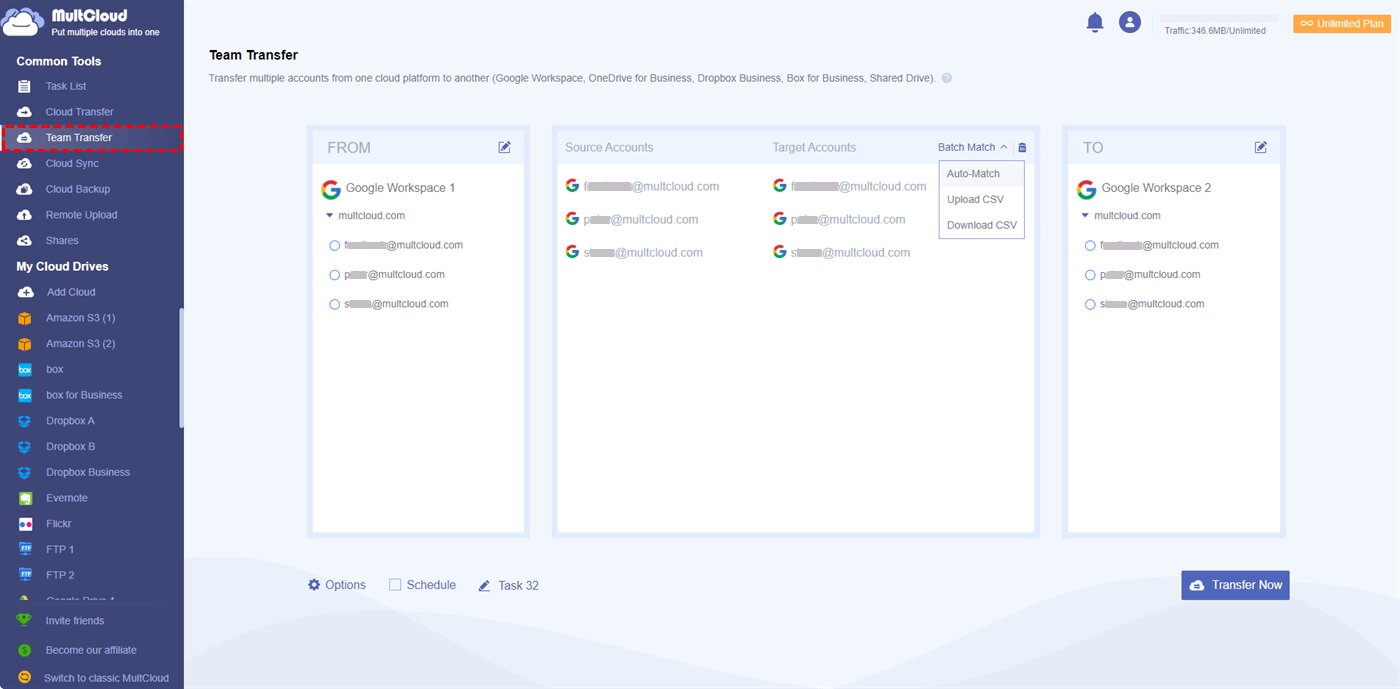Introduction
Welcome to our guide on how to forward your Gmail emails to another email address. Many people find it convenient to have all their emails in one place, and by setting up email forwarding, you can effortlessly receive all your Gmail messages in the inbox of your preferred email client or service. Whether you want to consolidate your emails for easier management or you need a backup of your Gmail messages, forwarding your emails is a simple and effective solution.
In this article, we will walk you through the step-by-step process of setting up email forwarding in Gmail. By following these instructions, you’ll be able to redirect your emails seamlessly so that you can access them all in one place. We’ll cover how to access the Gmail settings, enable email forwarding, add the destination email address, choose email forwarding options, and save the changes while ensuring the forwarding is set up correctly.
Before we dive into the details, it’s important to note that Gmail provides email forwarding as a feature for its users. However, keep in mind that the availability and accessibility of the forwarding options may vary depending on your specific Gmail account setup. Some organizations or email clients may disable this feature for security or policy reasons, so make sure to consult with your administrator or service provider if you encounter any difficulties.
Now, let’s begin the process of forwarding your Gmail emails to another email address, so you can have all your messages conveniently in one place.
Step 1: Accessing Gmail Settings
The first step towards setting up email forwarding in Gmail is to access the Gmail settings. Here’s how:
- Open your Gmail account by visiting https://mail.google.com/ and sign in with your credentials.
- Once you’re logged in, look for the gear icon located in the top-right corner of your Gmail inbox. Click on the gear icon to access the drop-down menu.
- In the drop-down menu, select “Settings.” This will open the Gmail settings page where you can customize various aspects of your account.
Alternatively, you can directly access the settings page by clicking on this link: https://mail.google.com/mail/u/0/#settings.
Once you have accessed the Gmail settings page, you are ready to proceed to the next step of enabling email forwarding. The settings page is where you can control various aspects of your Gmail account, including forwarding, filters, and other customization options. Take a moment to familiarize yourself with the settings layout if you haven’t done so already. Now, let’s move on to the next step of the email forwarding process.
Step 2: Enabling Email Forwarding
Now that you have accessed the Gmail settings page, it’s time to enable email forwarding. Here’s how to do it:
- In the Gmail settings page, navigate to the “Forwarding and POP/IMAP” tab. This tab is usually the third or fourth option in the top menu. Click on it to continue.
- Once you’re on the “Forwarding and POP/IMAP” tab, you will see the “Forwarding” section at the top. Click on the “Add a forwarding address” button in this section.
- A pop-up window will appear, prompting you to enter the email address to which you want to forward your Gmail emails. Type in the destination email address and click the “Next” button.
- At this point, Gmail may display a confirmation message to ensure that you have entered the correct email address. Double-check the address you provided and click the “Proceed” button if everything is correct.
- Gmail will now send a verification email to the destination email address. Open your preferred email client or service where you want to receive the forwarded emails and locate the verification email from Gmail.
- Open the verification email and click on the confirmation link or follow the instructions provided to verify the forwarding request. This step is crucial to ensure that you have permission to forward emails to the specified address.
- Once the verification is complete, return to the Gmail settings page. Refresh the page if needed.
Now that email forwarding is enabled, you can proceed to the next step of adding the destination email address, which we will cover in the following section. Enabling email forwarding allows Gmail to automatically redirect incoming emails to the specified address, ensuring you receive them seamlessly in the designated inbox.
Step 3: Adding the Destination Email Address
With email forwarding enabled in Gmail, the next step is to add the destination email address where you want your Gmail emails to be forwarded. Follow these steps to add the destination email address:
- Return to the Gmail settings page, if you’re not already there. You can access it by clicking on the gear icon in the top-right corner of your Gmail inbox and selecting “Settings” from the drop-down menu.
- Navigate to the “Forwarding and POP/IMAP” tab, which should be the third or fourth option in the top menu.
- In the “Forwarding” section, you will see the email address you added in the previous step. If it’s the correct address, move on to the next step. If you need to change the destination email, click on the “Edit” button next to the email address.
- A pop-up window will appear, displaying the email address you previously entered. Here, you can make any necessary changes to the destination email address.
- After reviewing or updating the destination email address, click the “Next” button to proceed.
Once you have added the destination email address, you are one step closer to successfully forwarding your Gmail emails. In the next step, we will explore the various email forwarding options that Gmail offers, allowing you to customize how your emails are handled and delivered. Continue reading to learn more.
Step 4: Choosing Email Forwarding Options
Now that the destination email address has been added, it’s time to explore the email forwarding options available in Gmail. These options allow you to customize how your emails are forwarded and handled. Here’s how you can choose your email forwarding options:
- On the Gmail settings page, under the “Forwarding and POP/IMAP” tab, you will find the “Forwarding” section.
- Next to the email address, you will see an option labeled “Forward a copy of incoming mail to.” This option determines whether Gmail keeps a copy of forwarded emails in your Gmail inbox or automatically deletes them after forwarding.
- If you want to keep a copy of forwarded emails in your Gmail inbox, select the “Keep Gmail’s copy in the Inbox” option. This is useful if you still want to access your Gmail messages directly in your Gmail account.
- If you prefer Gmail to automatically delete the forwarded emails after they are sent to the destination email address, select the “Mark Gmail’s copy as read” or “Archive Gmail’s copy” option. This option ensures that your Gmail inbox remains clutter-free.
- Below the forwarding options, you have the choice to enable or disable email forwarding temporarily. If you want to stop forwarding emails temporarily, select the “Disable forwarding” option.
By selecting the appropriate email forwarding options, you can tailor your Gmail forwarding setup to meet your specific needs. Whether you want to keep a backup of your emails in Gmail or prefer a streamlined forwarding process without cluttering your inbox, Gmail provides flexible options to accommodate your preferences.
Now, let’s move on to the final step where we will save our changes and verify that email forwarding is working correctly.
Step 5: Saving Changes and Verifying Forwarding
We’re now at the final step of setting up email forwarding in Gmail: saving our changes and verifying that the forwarding is working correctly. Follow these steps to complete the process:
- On the Gmail settings page, after selecting your preferred email forwarding options, scroll down to the bottom of the page.
- Click the “Save Changes” button to save your forwarding settings. Gmail will now apply the changes you’ve made.
- Once the changes are saved, it’s time to verify that the email forwarding is working correctly. Send a test email to your Gmail account from another email address.
- Check the destination email address you set up for email forwarding. The test email should appear in the inbox of the destination email address.
- Return to your Gmail account and check your Gmail inbox. If you enabled the option to keep a copy of forwarded emails, you should see the test email there as well.
- Open the test email in both your Gmail inbox and the destination email inbox. Compare the two to ensure that the forwarded email retains its original format and content.
Verifying the test email ensures that email forwarding is set up correctly and that your Gmail messages are being reliably forwarded to the desired destination. If you encounter any issues during the test, double-check the forwarding settings and destination email address to ensure accuracy.
Congratulations! You have successfully set up email forwarding in Gmail. From this point forward, any new emails that arrive in your Gmail account will be automatically forwarded to the designated email address. This allows you to conveniently access all your emails in one place, whether it’s a different email client, another account, or a backup system.
Remember, you can always revisit the Gmail settings page to modify or disable email forwarding if your needs change in the future. Now you can enjoy the convenience of having your Gmail emails forwarded to your preferred email address hassle-free!
Conclusion
Setting up email forwarding in Gmail is a straightforward process that allows you to receive your Gmail messages in another email account or client. Consolidating your emails in one place not only simplifies email management but also ensures that you have a backup of your important messages.
In this guide, we covered the step-by-step process to forward your Gmail emails:
- We started by accessing the Gmail settings to begin the setup process.
- Next, we enabled email forwarding and added the destination email address where you want your Gmail messages to be forwarded.
- We then explored the different email forwarding options, giving you the flexibility to customize how your emails are handled.
- Finally, we saved our changes, and after verifying the forwarding, we ensured that the setup was successful.
By following these steps, you can effortlessly forward your Gmail emails to another email address, helping you streamline your email management and access all your messages conveniently in one place.
Remember to regularly check your forwarding settings in the Gmail settings page to ensure they align with your current needs. You can modify or disable email forwarding at any time. Additionally, consult with your email service provider or administrator if you encounter any issues with email forwarding, especially in enterprise or organization settings.
We hope that this guide has been helpful in assisting you with setting up email forwarding in Gmail. Enjoy the convenience of having your Gmail messages forwarded seamlessly, making email management a breeze!







